13 restaurant technology trends that are here to stay
Keeping up with tech changes in the restaurant world can feel like a full-time job. Things are evolving so fast that it’s easy to get overwhelmed when you have a ton of other things on your plate. Restaurant technology trends have only accelerated in recent years and there’s a lot to keep up with. This new technology can be a godsend or a headache for restaurant owners depending on a number of factors, including patience, optimism, and flexibility.
A willingness to change and remain ahead of the curve can be a key factor to success in the food service industry. What diners want and expect in their customer experience is constantly evolving. Sometimes these demands go through significant growth spurts, like we’ve seen in the last few years.
Case in point: The pandemic beginning in 2020 kicked many restaurant technology trends into high gear, so the pace of change has rapidly increased since then. The trends in restaurant operations that emerged over the last few years have been stress-tested.
With that in mind, let’s check out 13 restaurant technology trends that are here to stay—and can make life in the industry easier.
1. Software integrations
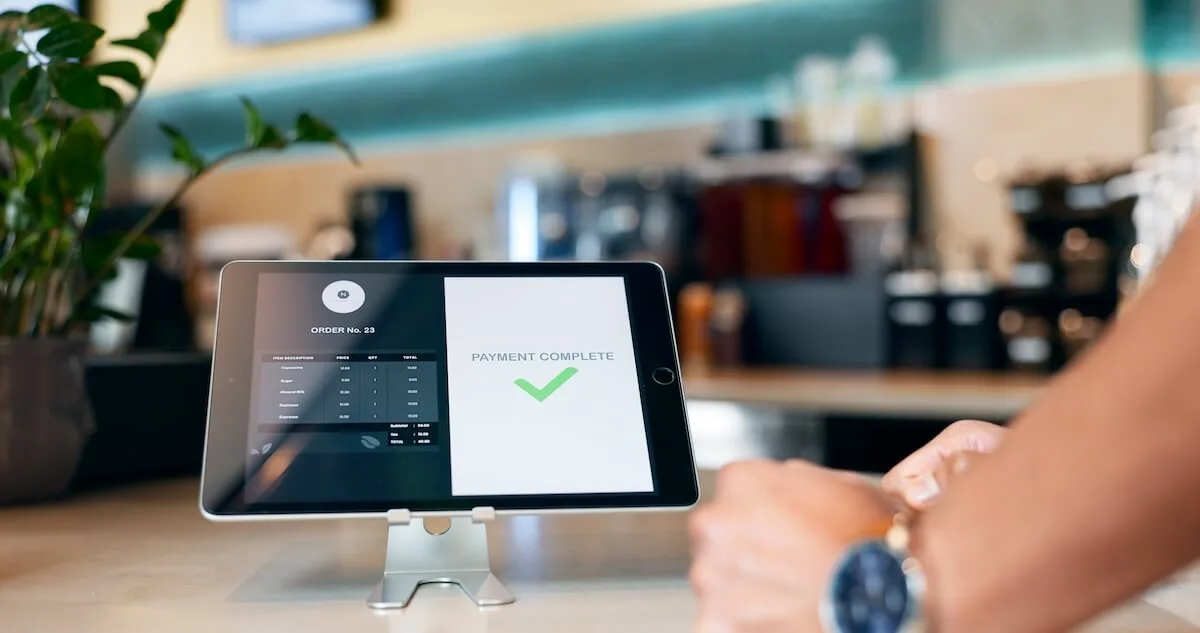
Long, long ago, the restaurant industry worked on mountains of paper and memory. Now, there’s software for virtually all parts of the industry, from front of house (FOH) to inventory management to online ordering and QR code menus. Integrating point-of-sale systems (POS systems) with any or all of these gives you one streamlined point of access.
Getting these individual pieces of software to work together makes life much easier than simply trying to juggle individual bits, so look towards software integration as a starting point. Syncing online food delivery with FOH systems, for example, takes a step out of FOH work, which saves time and streamlines the process. Instead of having to handle multiple delivery apps individually, having them all connect to a central restaurant POS system can prevent headaches and confusion.
Similarly, integrating your back-of-house with every other bit of software makes inventory management, menu planning and pricing, and preparing orders far simpler than having separate systems. For restaurateurs whose attention span is constantly being taxed, this can be a wonderful time-saver.
2. Online waitlist, check-in, and reservations
Diners could take a risk by venturing out to a crowded restaurant without knowing if there’ll be a wait time. Certainly, they can make a reservation by phone, but the wait time is still considered part of the dining experience at some restaurants. But it’s old-fashioned now to have to stand in the lobby waiting to turn your buzzer in.
Advancements in online waitlists, check-in, and reservations simplify the whole game. For restaurants, they help cut down on wait times, no-shows, or people leaving their spot in line. Customers can be certain they’ll get a spot when they want it, or at least know the situation without having to sit in traffic just to find they won’t get a seat. Waitlist algorithms are getting really good, too: Yelp Guest Manager quotes wait time with up to 92% accuracy, for example.
With significant improvements in wait time estimates and reservation efficiency, this move towards check-in and reservation automation saves time and frustration for everyone. It’s a win-win scenario. Customers who use online reservation systems like Yelp have a significantly lower no-show rate than otherwise. Yelp Guest Manager customers have average no-show rates below 10%. Don’t you love it when that happens?
3. Online ordering

It’s easier than ever to order delivery or food for pickup, and the ease of ordering taps into something uniquely human. If the only thing you have to do to get a tasty meal is push a few buttons on your phone, life is pretty good.
Online ordering—for delivery, curbside pickup, or whatever else—is a trend that’s matured enough to be an indispensable part of the modern restaurant industry. Whether you’ve got your own system or rely on third-party delivery services, online ordering is a must if you intend to compete in the delivery market. Uber Eats, Doordash, and many more takeout providers are household names now, and are taking a significant chunk of the delivery market. Integrating these services into FOH operations is a clutch move that can help generate significant business while acting as advertising via these platforms.
Restaurants who intend to do delivery should build costs like third-party delivery services into their business model. While you could hire your own delivery drivers and develop your own online ordering service, the commission fees from third-party services are often worth it to avoid the headache of coordinating everything on your own. Just be sure there’s enough profit margin and kitchen availability for it to make sense.
A big trend in the last few years is ghost kitchens: restaurants that focus entirely on deliveries. The “ghost” part simply means that the restaurant is never seen by customers, as there’s no seating available. This business model has proven to be quite viable, as overhead is significantly lower than traditional restaurants.
Coming up on the heels of ghost kitchens are full automation of cooking and delivery, like McDonald’s doing fully automated restaurants and Domino’s trying automated delivery. The more efficient online ordering systems get, the more orders a kitchen can turn out, improving operational efficiency.
4. Front-of-house automation
In the restaurant world, the current labor shortage doesn’t seem to be disappearing anytime soon, so FOH staff in restaurants are often stretched to their limits. Using automation for parts of the FOH service, like check-in and seating, can help lift the burden from staff members’ shoulders.
Check out trends 5-8 for examples of just where we see FOH automation going. This is a significant part of the changes happening in the restaurant tech world, and we wish we could travel 10 years into the future to see where things have landed. For now, there are multiple steps restaurateurs can take to automate their FOH, including the use of kiosks, mobile POS systems, and digital menus.
5. Kiosk craze
Kiosks of all varieties are making a major impact in the hospitality industry. An example is Yelp Kiosk, which lets diners check themselves in and sends automated wait time messages so hosts can focus on seating parties and keeping tables turning. Guests get a text when it’s time to be seated, so there’s no host guesswork needed and they can be freed up for more important duties.
Many fast food restaurants, notably McDonald’s, have introduced fully automated touch-screen kiosk ordering systems. While self-ordering kiosks like this wouldn’t be appropriate for all restaurants, they can certainly play a valuable role in reducing labor costs while freeing up work from an already overstretched labor force, and especially in fast food or quick service restaurants. Automated order-taking can significantly speed up service at restaurants where guest-server interaction isn’t a focus.
6. Storing guest data
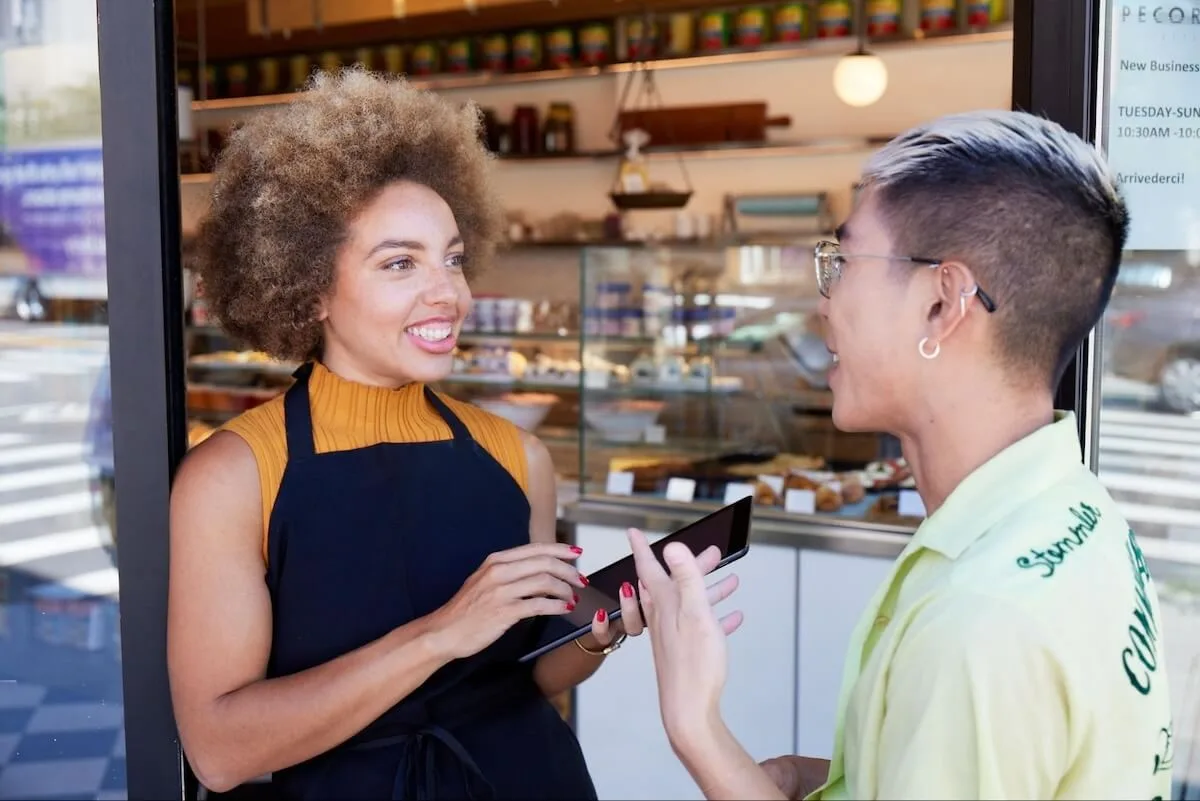
Busy servers need all the help they can get, and restaurants can rely on data to help guide them to smart decisions while keeping customers happy. Detailed guest reports from previous experiences can help servers know about diner preferences before they even order. Info like birthdays, favorite menu items, and more can be stored and used to help improve the dining experience. Yelp Guest Manager does exactly this—and can make your customers think their server is a genius.
7. Mobile POS systems
More and more restaurants are turning to mobile POS systems for their servers. Since forever, servers have had to visit tables to see when a guest wants to pay, take their cash or card, and return with the payment. With contactless and digital payments, however, this practice may go fully out of style. A single visit to a table for a payment can save a lot of time, and that time adds up significantly over a year. Imagine 10 minutes saved per cover per table every night for a year. How much time would that free up for your staff?
Taking orders via tablet and having it go straight to the kitchen also cuts down on any order mistakes in addition to saving time. Rather than having to write down an order and go to a separate POS, the extra step is eliminated. Customers can pay by credit card at the table, saving time for both customers and staff, leading to an easy payment and ordering process as well as an improved overall customer experience. Implementing a digital, table-service payment system is something many customers have come to expect, so it’s a solid bet. The more payment options you offer, the better.
8. Digitized dining tables
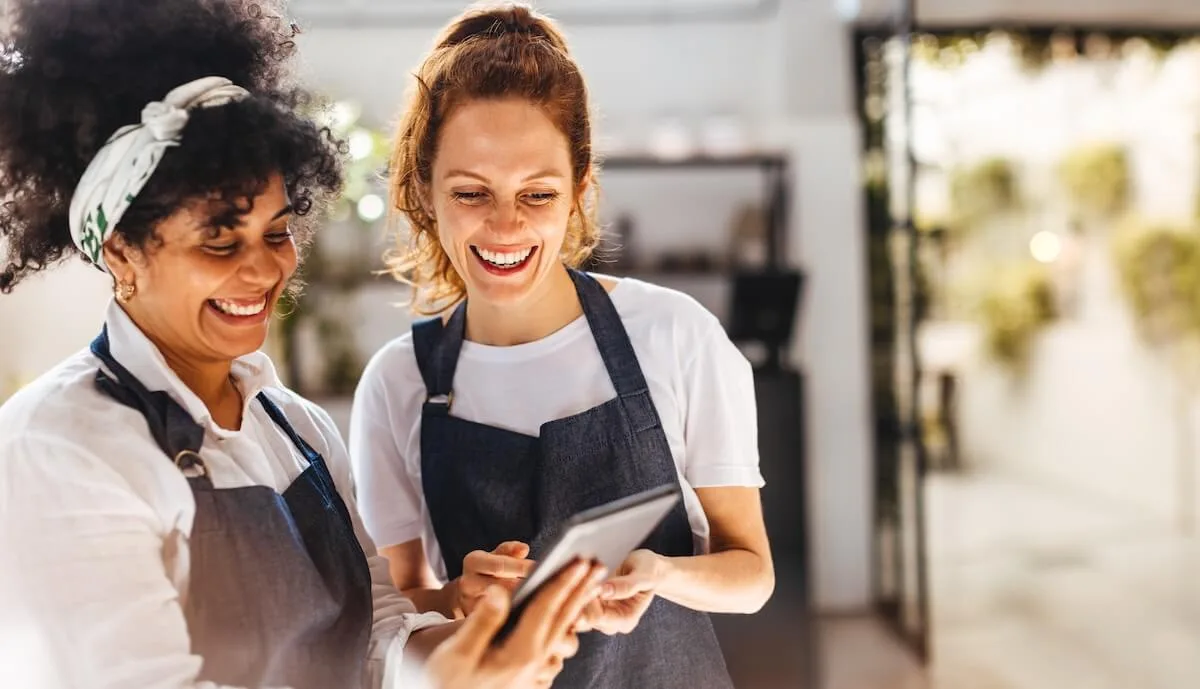
Bringing the mobile, digital revolution to the dining table can have multiple benefits. For example, it’s become common for restaurants to offer QR code payment at tables. Customers simply scan a code that’s tied to their payment system and they’re off. While this began as a way to create contactless payments to minimize contact between the diner and server, it’s taken off in popularity simply because it’s so darn easy.
Digital menus via a QR code may or may not stick around, but if you already have a digital menu there’s no reason not to keep it for contact-sensitive customers.
If your restaurant is aiming for or is known for its artistic flair, consider adding augmented reality to your menu. Customers can use their phone to scan your menu while images and much more can appear. Imagine: You can provide a digital image for every menu item, or can hire local artists to add art or animations. Augmented reality is likely to explode over the next several years, and we can’t wait to see what creative restaurateurs decide to do with it. A unique in-house art style could help set a restaurant apart and make waves in social media.
9. Kitchen Display Systems (KDS)
The move toward screens everywhere is, well, everywhere, but it’s often a welcome one in kitchens. A KDS allows real-time order inputs and helps busy kitchen staff keep track of orders without the need for messy, old-fashioned paper systems. At the same time, a digital kitchen display keeps all orders in one place so the whole team is on the same page. Clearing up and centralizing these systems prevents order mistakes and can help get orders out of the kitchen faster. That leads to faster service, improved order accuracy, happier customers, and higher table turnover rates.
10. Unique loyalty programs

Loyalty programs have come a long way since the punch card era, though punch cards are still not entirely obsolete. Custom mobile apps, online check-ins, social media programs, and more can all function to turn your diners into regulars. Best of all, because of the flexibility and aggregated data, these rewards can be customized to reflect both your customers’ desires and your business model.
At a certain point, a customer loyalty program becomes a marketing campaign designed to keep returning customers happy.
11. Restaurant chatbots
Chatbots have come a long way in the last few years. With the help of large language models like ChatGPT, artificial intelligence chatbots can help provide your guests with real-time feedback. Done well, they can answer common questions, direct guests where they’d like to go, and more. It’s even possible to make reservations via chatbot.
Customer satisfaction can be greatly improved by an automated reservation system. Chatbots help streamline operations by freeing up the hands of would-be responders so they can manage customers who are actually present.
12. Inventory management software
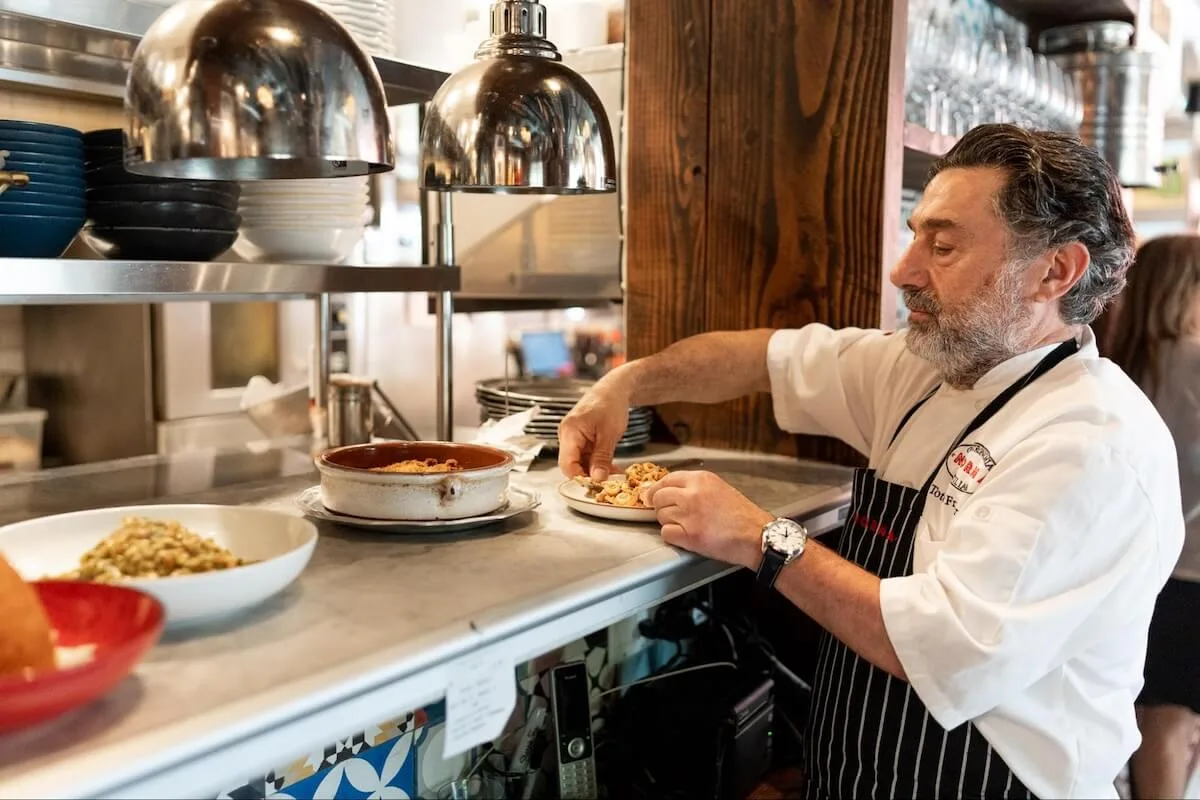
Inventory management software has come a long way in recent years. Now, inventory management ties in directly with FOH and BOH systems to help get a real-time idea of what inventory is on hand and what’s needed.
Managing your inventory well is a great way to boost your bottom line and improve restaurant sales by turning aging inventory into specials. Think of how Wendy’s makes their chili with leftover burger meat (which is both smart and delicious) and you’ll get plenty of ideas to reuse older inventory. Making sure food waste is limited as much as possible contributes to sustainability, which is a major marketing boon.
13. Restaurant websites
Most restaurants have websites these days. That’s a good thing. It’s a great way to get your name to the front of search engines, and can be especially doable if you’re a unique restaurant in a small locale. For example, getting to the top of Google rankings for “Thai restaurant Topeka, Kansas” is doable if you spend some time on search engine optimization (SEO).
Building a website, in addition to giving you a strong online presence, allows for easier marketing and target customer acquisition via advertising. Restaurants can also allow for online food ordering via their website, reducing the need for third-party delivery apps. This can be especially beneficial for restaurants that focus on delivery, like pizza places.
Staying up-to-date with Yelp
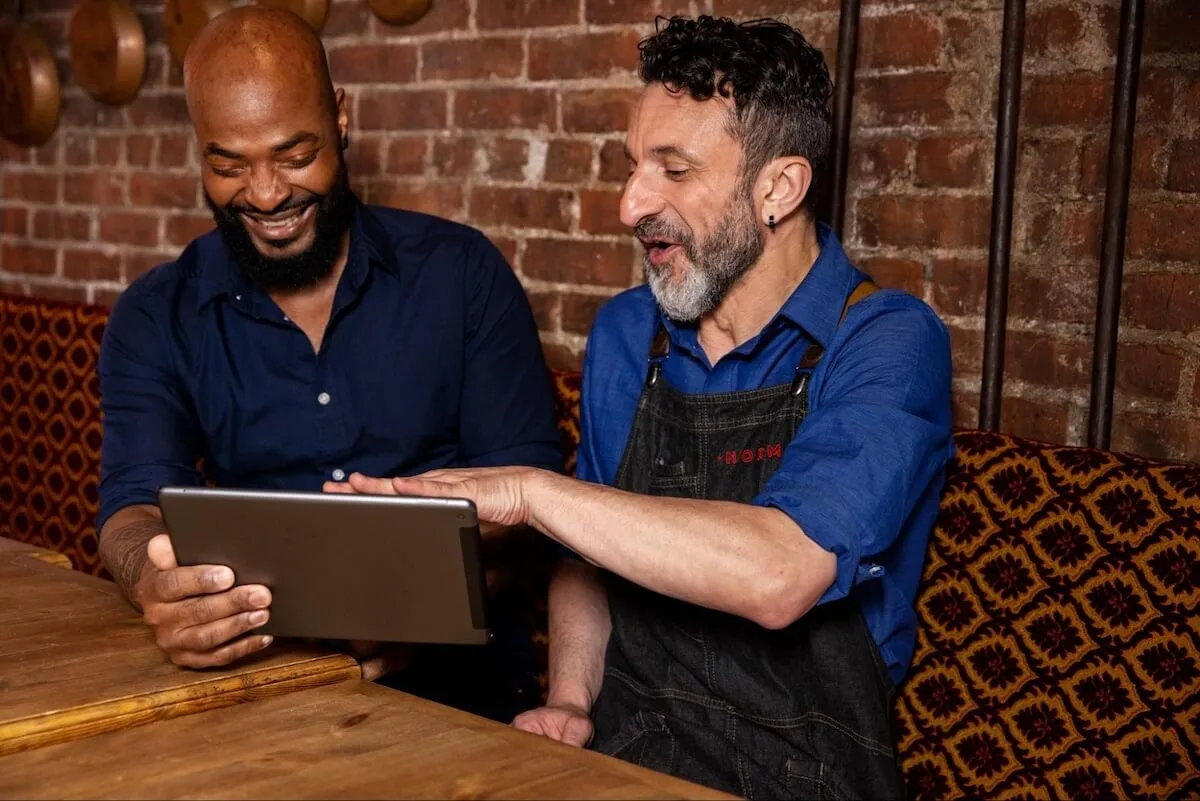
Keeping track of all this new restaurant tech is a monumental task, and a significant part of modern restaurant management. Whether you’re a restaurateur looking to optimize technology solutions to boost your profit margin or simply trying to keep up with the times, getting a software bundle that you can wrap your head around is a must. Being able to pivot from online reservations for dine-in service to online third-party delivery in a single breath makes for a flexible guest experience and a resilient restaurant.
If you’re looking to keep up with tech trends and make your restaurant business as successful as possible, check out Yelp for Restaurants’ software suite. Contact us for a free demo and we’ll take you for a test drive.